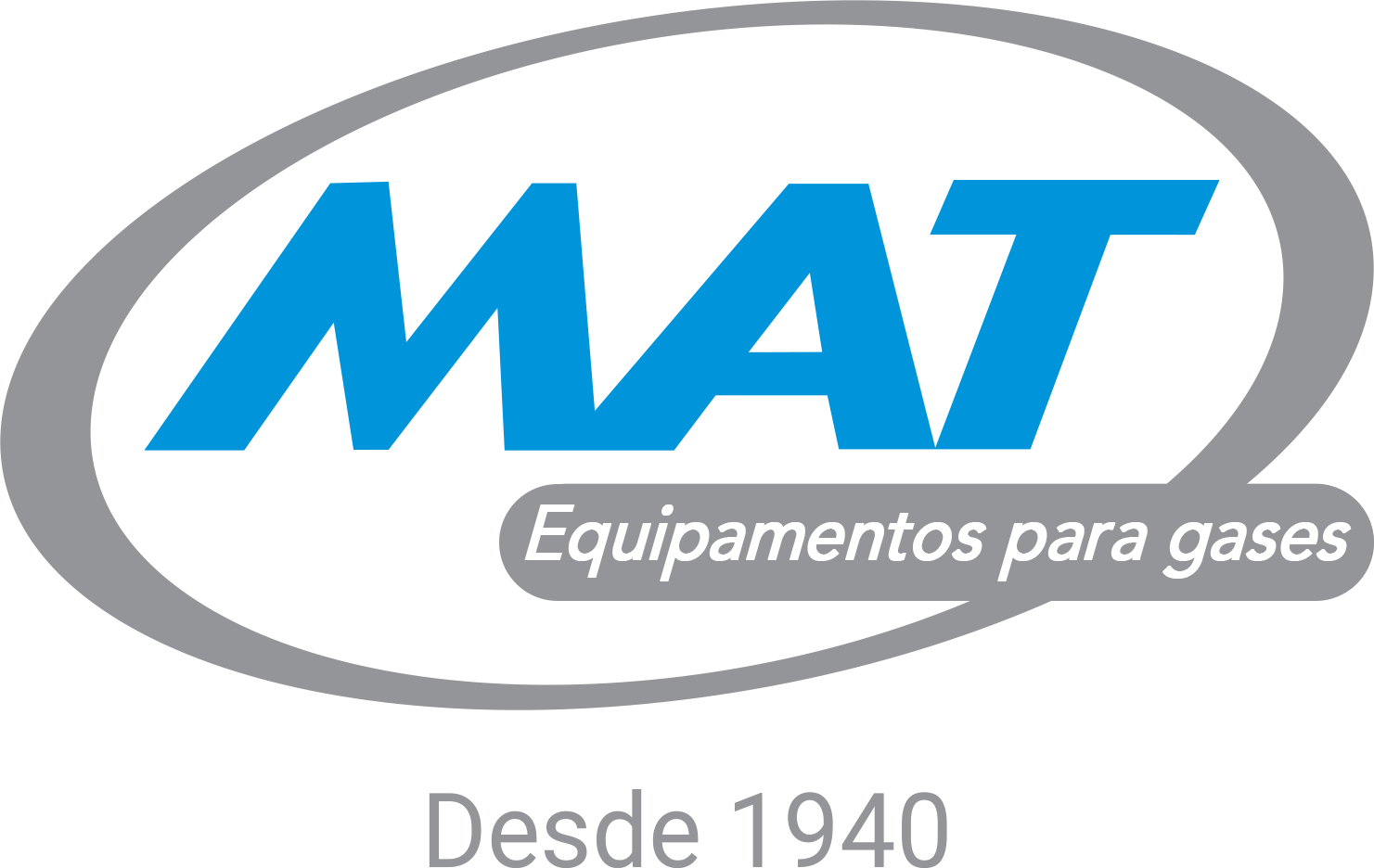In order to avoid gas leaks in the connectionIn order to avoid gas leaks in the connection of the valve with the cylinder, one must imperatively follow the following procedure:
1. Place the valve (without Teflon) on the cylinder, threading it manually until achieving “manual tightness”. The hands must be protected with gloves and one must count the number of turns until tightness.
2. Remove the valve and place the Teflon tape on its thread in a total of 7 to 8 turns, always clock-wise.
3. Thread the valve (also manually) again in the cylinder, also counting the number of turns until achieving tightness.
4. Tighten the valve with a wrench in a total of 3 turns plus the difference found between the manual threads with and without Teflon, from steps 1 and 3 above.
Note: These instructions were transcribed from the “Handbook of compressed gases” of the Compressed Gas Association – USA.
In order to avoid gas leaks in the connection of the valve with the cylinder, one must imperatively follow the following procedure:
1. Place the valve (without Teflon) on the cylinder, threading it manually until achieving “manual tightness”. The hands must be protected with gloves and one must count the number of turns until tightness.
2. Remove the valve and place the Teflon tape on its thread in a total of 7 to 8 turns, always clock-wise.
3. Thread the valve (also manually) again in the cylinder, also counting the number of turns until achieving tightness.
4. Tighten the valve with a wrench in a total of 3 turns plus the difference found between the manual threads with and without Teflon, from steps 1 and 3 above.
Note: These instructions were transcribed from the “Handbook of compressed gases” of the Compressed Gas Association – USA.
IMPORTANT: Valvulation, performed this way, must provide a torque of at least 150 nm (which can be checked with the torquemeter), as per number 11353-1: Highway vehicles – installation of NGV – revision: Dec, 1999.
1. Place the valve (without Teflon) on the cylinder, threading it manually until achieving “manual tightness”. The hands must be protected with gloves and one must count the number of turns until tightness.
2. Remove the valve and place the Teflon tape on its thread in a total of 7 to 8 turns, always clock-wise.
3. Thread the valve (also manually) again in the cylinder, also counting the number of turns until achieving tightness.
4. Tighten the valve with a wrench in a total of 3 turns plus the difference found between the manual threads with and without Teflon, from steps 1 and 3 above.
Note: These instructions were transcribed from the “Handbook of compressed gases” of the Compressed Gas Association – USA.
IMPORTANT: Valvulation, performed this way, must provide a torque of at least 150 nm (which can be checked with the torquemeter), as per number 11353-1: Highway vehicles – installation of NGV – revision: Dec, 1999.
1. Colocar a válvula (sem teflon) no cilindro, rosqueando-se manualmente até conseguir o “aperto manual”. As mãos devem estar protegidas com luvas e deve-se contar o número de voltas até o aperto.
2. Retirar a válvula e colocar fita teflon em sua rosca num total de 7 a 8 voltas, sempre no sentido horário.
3. Rosquear a válvula (também manualmente) novamente no cilindro, também contando o número de voltas até conseguir-se o aperto.
4. Apertar a válvula com chave num total de 3 voltas mais a diferença encontrada entre os rosqueamentos manuais com e sem teflon, dos passos 1 e 3 acima.
Nota: estas orientações foram transcritas do “handbook of compressed gases” da compressed gas association – usa.
Importante : a valvulação, realizada desta forma, deve dar um torque de no mínimo de 150 nm. (que pode ser verificado com o torquímetro), conforme nbr 11353-1 : veículos rodoviários – instalação de gás metano veicular (gmv) revisão : dez 1999

Recent Comments